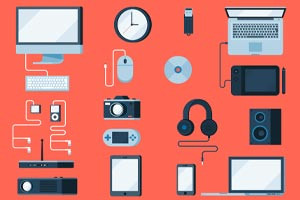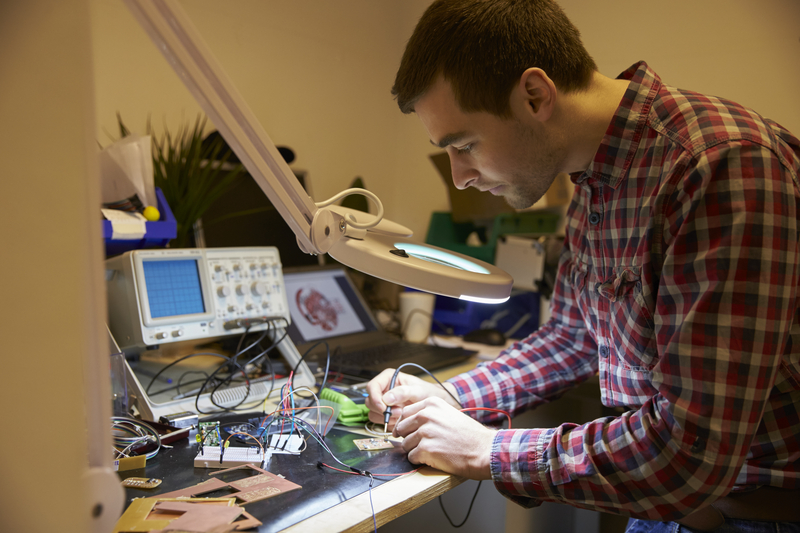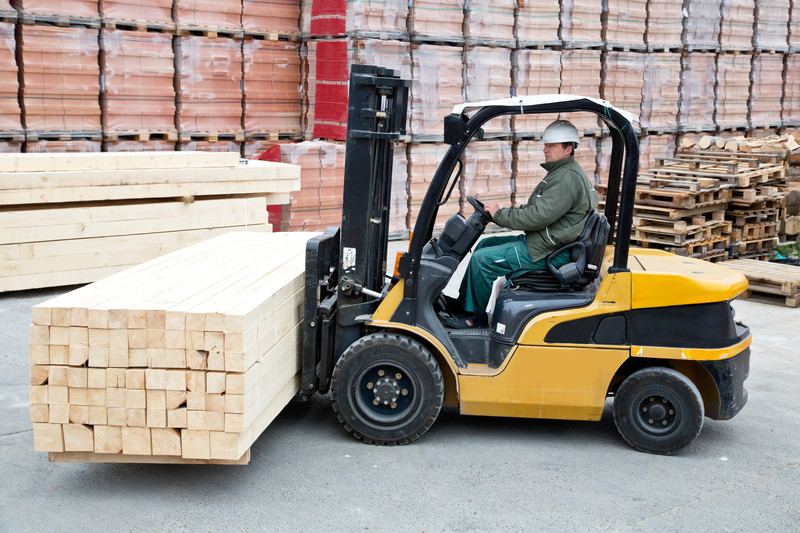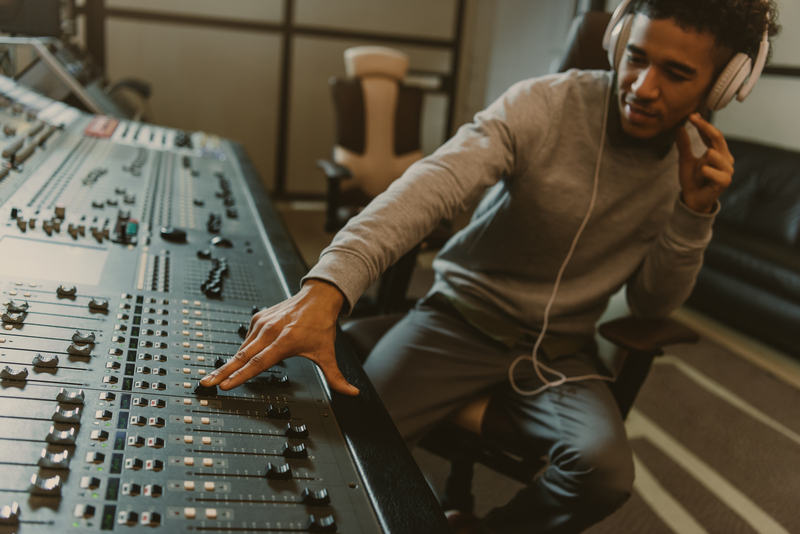You use many electronic and electrical devices in your home daily. What will you do if these devices break down? You might want to resort to troubleshooting your electronic equipment. In this course, you will learn about troubleshooting, which is a form of problem-solving. As you endeavour to repair failed products or processes on a machine or a system, you are troubleshooting. This course will teach you how to complete a logical and systematic search for the source of a problem to solve it, making the electronic and electrical devices operational again. Starting with the information you need to become a good troubleshooter, you will also learn basic electrical and electronic components and circuit analysis. The course will address repair and maintenance procedures in the context of troubleshooting. We will also introduce you to the basic things you will need to become a troubleshooter. These mainly include multimeters, screwdrivers and wiring tools. Other tools are referred to as miscellaneous or “do-it-yourself” tools.
As you work through the course, you will learn that troubleshooting is one of the features on which depend the effective and efficient working conditions of devices. Other features include maintenance, servicing and repairing. Maintenance is the process that includes hardware and software. Associated with the hardware part of the equipment, servicing consists of four main steps that will be fully disclosed. We will cover how to uninstall all the physical components, starting with the power connection. Once we have done this, we will explain how to clean dust from all the components. You will learn how to perform a visual or electronic check as required. The last step is about reinstalling all components carefully and adequately. Following on the servicing is the troubleshooting, which consists of detecting and rectifying faults in the equipment. After correcting the problem in the hardware or software, the course will give more of an explanation of the troubleshooting-related features.
Finally, you will learn about the current flow of electrons, voltage and resistance, and measurement. We will introduce you to resistors and their parameters. Following the resistors, the course will highlight the behaviour and testing of capacitors. Having been acquainted with inductors, you will be taught how to test and measure coils along with the various diodes. This course will also cover transistors with some emphasis on switches and amplifiers. Practical testing of transistors will be addressed, allowing you to have a good knowledge of troubleshooting. This comprehensive course about troubleshooting will equip you with valuable knowledge, enabling you to repair your electronic and electrical devices. Troubleshooting professionals will find this course very useful to improve their knowledge and help them be far more efficient.
What You Will Learn In This Free Course
- Describe the work of a troubleshoot...
- List the various tools used by a tr...
- Summarise standard electronic and e...
- Define troubleshooting...
- Describe the work of a troubleshooter
- List the various tools used by a troubleshooter
- Summarise standard electronic and electrical components
- Define troubleshooting
- Discuss the importance of device maintenance
- Recall the four main steps of servicing
- Compare direct current to alternative current
- Explain practical aspects of current measurement
- Recall basic symbols
- Recognise resistors
- Describe the testing of capacitors
- Contrast inductors to transistors
View All Learning Outcomes View Less All Alison courses are free to enrol study and complete. To successfully complete this certificate course and become an Alison Graduate, you need to achieve 80% or higher in each course assessment. Once you have completed this certificate course, you have the option to acquire an official certificate, which is a great way to share your achievement with the world.
Your Alison certificate is:
- Ideal for sharing with potential employers
- Great for your CV, professional social media profiles and job applications.
- An indication of your commitment to continuously learn, upskill & achieve high results.
- An incentive for you to continue empowering yourself through lifelong learning.
Alison offers 3 types of certificates for completed certificate courses:
- Digital certificate: a downloadable certificate in PDF format immediately available to you when you complete your purchase.
- certificate: a physical version of your officially branded and security-marked certificate
All certificates are available to purchase through the Alison Shop. For more information on purchasing Alison certificate, please visit our FAQs. If you decide not to purchase your Alison certificate, you can still demonstrate your achievement by sharing your Learner Record or Learner Achievement Verification, both of which are accessible from your Account Settings.



























 CPD Accredited
CPD Accredited
 Knowledge & Skills You Will Learn
Knowledge & Skills You Will Learn
 $35,103
$35,103








